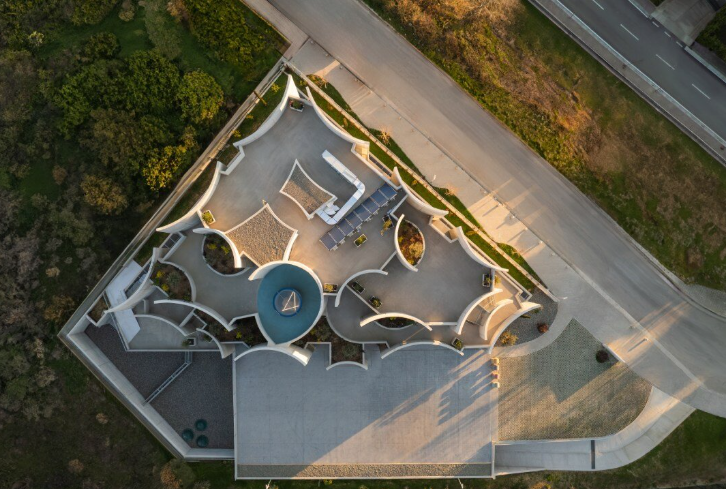How Concrete Curves Transformed an Albanian Vet Hospital


Sources: dezeen.com, designboom.com, macullo.com
Want to read more like this story?

Engineering Considerations for Temporary Support in Existing Structures
Jun, 23, 2025 | NewsConstruction within existing buildings often involves unique structural challenges that demand care...

One River North: Blending Nature with Urban Innovation
Sep, 04, 2024 | NewsDenver, Colorado, is known for its unique blend of urban living and outdoor lifestyle, thanks to it...

Catastrophic Collapse of a Log-Building Lodge: A Forensic Analysis for Civil Engineers
May, 28, 2024 | NewsIn the high alpine environment of the Rocky Mountains, a vacation resort faced an unexpected disast...

Steel-Framed Curtain Walls: Engineering Marvel at Oklahoma’s Eco-Friendly Bank
Jun, 27, 2024 | NewsThe First United Bank has recently opened a new, state-of-the-art building in Moore, Oklahoma, desi...

LiDAR-Guided Masonry Repair and Structural Recovery at the Guggenheim Building in the University of Northern Colorado
Jul, 18, 2025 | NewsIn September 2022, a vehicular impact caused severe structural damage to a historic unreinforced ma...

The Legacy and Evolution of Braced Tube Structures
Jun, 20, 2024 | NewsIn 1968, the John Hancock Center's construction reached its zenith, marking a milestone that transf...

Hangzhou’s Urban Icon: Structural Analysis of the Century Center
Jun, 13, 2025 | NewsThe Hangzhou Century Center, also known as the “Gate of Hangzhou,” features two 310-meter-high towe...

Fungible Engineering: The Future of Modular Design in Data Centers
Feb, 27, 2025 | NewsIn an era where speed, flexibility, and efficiency dictate the success of technological infrastruct...

The Fragile Strength of Glass: Engineering Solutions for Safe Structural Design
Dec, 18, 2024 | NewsStructural glass has become a prominent feature in modern architectural design, offering a unique a...
Trending

Vertical gardens in Mexico City to combat pollution

Characteristics of Load Bearing Masonry Construction

Taipei 101’s impressive tuned mass damper

Morocco Implements Landmark Dam Perforation to Combat Water Stress in Marrakech

Dutch greenhouses have revolutionized modern farming

The Line at Neom faces feasibility reassessment while construction continues

A new chapter for Sunderland: The £31 million Keel Crossing opens

